Ultimate Guide to Choosing the Right Enduro Bottom Bracket for Your Bike Maintenance
In the world of cycling, the significance of selecting the right components cannot be overstated, especially when it comes to crucial parts like the enduro bottom bracket. As riders push the limits of performance and endurance on rugged terrains, having a reliable and efficient bottom bracket becomes imperative. According to a recent report by Cyclist Insights, nearly 68% of cyclists believe that a quality bottom bracket can notably enhance their riding experience and overall bike longevity.
Industry expert Dr. Emily Harrison, a leading figure in bicycle mechanics and maintenance, asserts, “Choosing the appropriate enduro bottom bracket is not just about performance; it’s an investment in your cycling journey.” Her insights underline the importance of compatibility, durability, and maintenance ease when selecting an enduro bottom bracket. This guide aims to empower cyclists with essential knowledge and the latest industry standards to make informed decisions, ensuring every ride is smooth and exhilarating. As riders navigate the complexities of bike maintenance, understanding the nuances of enduro bottom brackets will be pivotal in optimizing their biking experience.
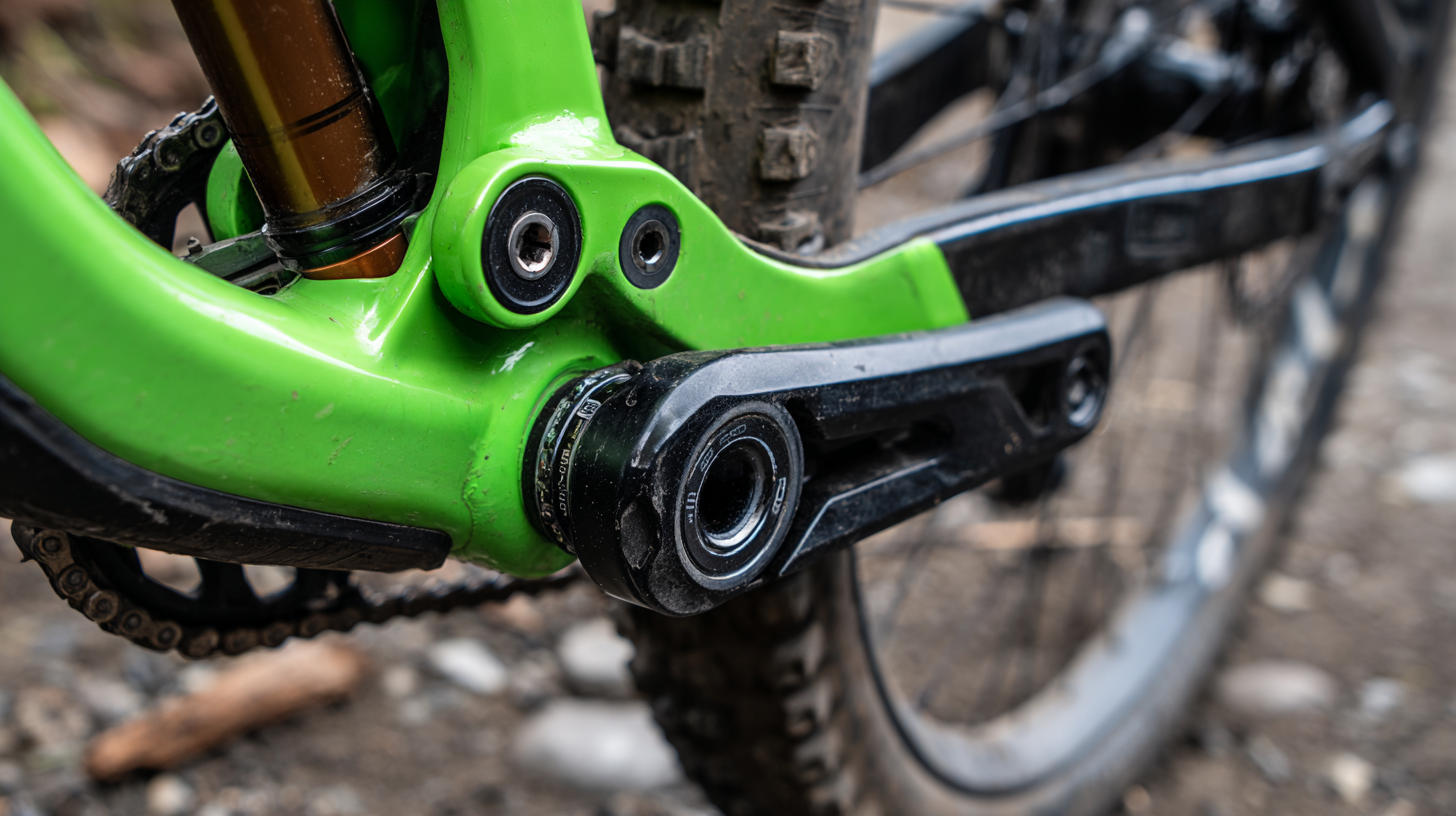
Understanding Bottom Bracket Standards: Essential Measurements and Compatibility
When it comes to selecting the right bottom bracket for your enduro bike, understanding the various standards and measurements is crucial. Bottom brackets come in a range of sizes and thread types, with the most common standards being BSA (British), BB30, and PF30. According to a report by the International Mountain Bicycling Association (IMBA), the choice of bottom bracket can affect not only the performance of the bike but also its overall longevity and maintenance needs. For example, BSA typically features a 68mm shell width with a 1.37x24 TPI threading, making it compatible with myriad cranksets, while the BB30 system utilizes a larger 30mm spindle in a press-fit design, promoting reduced weight and stiffness.
Moreover, compatibility is essential when choosing a bottom bracket. Shimano's Hollowtech II and SRAM's GXP standards are examples of different spindle diameters that necessitate specific bottom bracket designs. Industry data indicates that improper matching can lead to increased wear and inefficient power transfer, which can diminish the rider's experience. Furthermore, a study from CyclingTips emphasizes measuring the shell width and inside diameter accurately to ensure that the selected bottom bracket system complements the bike frame seamlessly, maximizing performance and minimizing maintenance issues down the line. Selecting the right bottom bracket based on these specifications can significantly influence both ride quality and component durability.
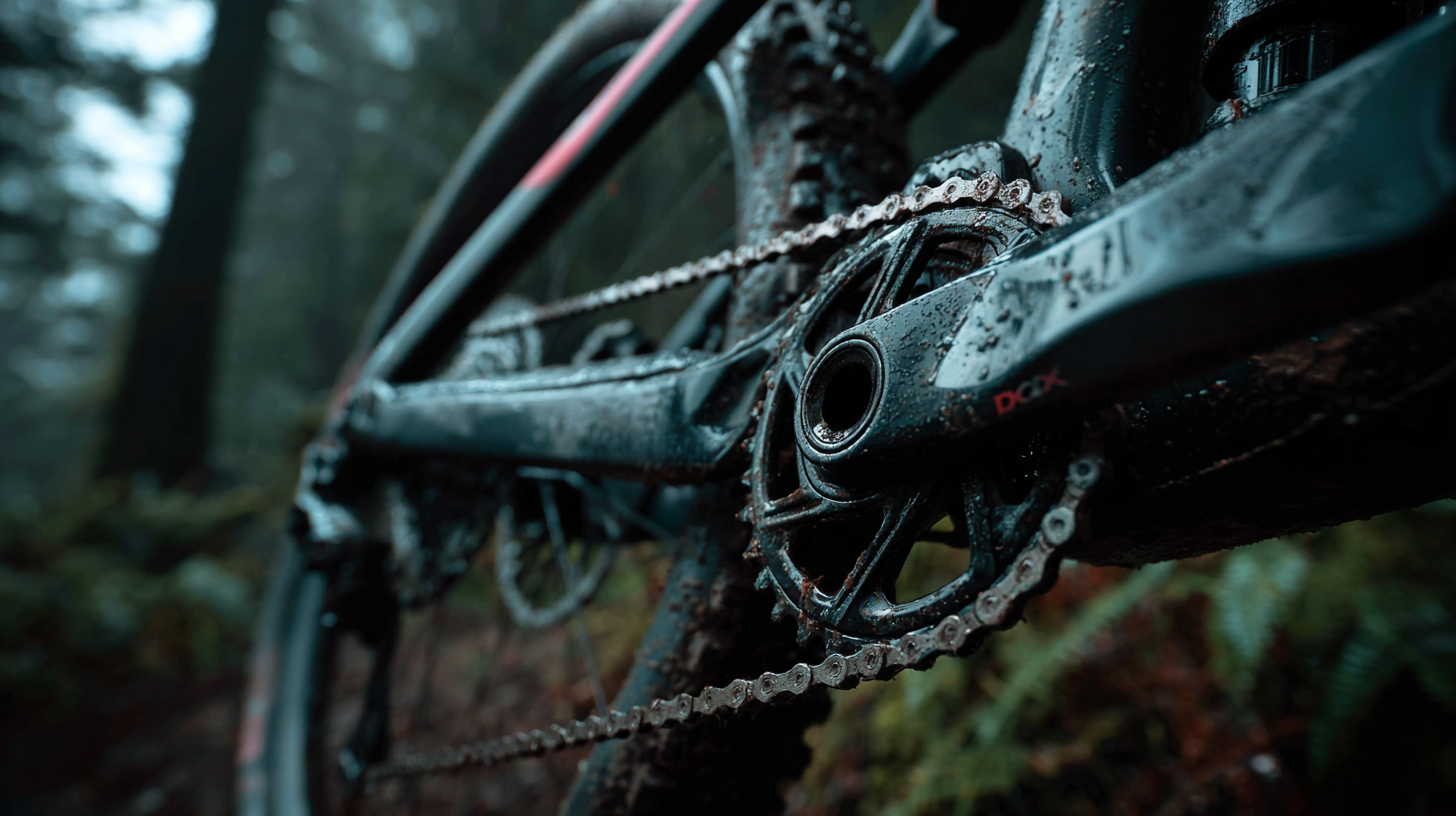
Key Factors to Consider: Bearing Size, Shell Width, and Spindle Length
When selecting the right enduro bottom bracket for your bike maintenance, it’s crucial to focus on three key factors: bearing size, shell width, and spindle length. Bear in mind that the bearing size will impact the overall durability and performance of your bottom bracket. Larger bearings typically withstand more load and can offer smoother rotation, which is vital for tackling rough terrains.
Another important consideration is the shell width, which should match the frame of your bike. A proper fit ensures that the bottom bracket installs securely and reduces the risk of damage during rides. Remember, a wider shell often accommodates larger bearings, enhancing the bottom bracket’s lifespan and performance capabilities.
Tips: Always check your bike manufacturer’s specifications to ascertain the correct shell width. Additionally, when shopping for a bottom bracket, consider investing in quality materials, such as sealed bearings, to prevent dirt and moisture ingress. Lastly, measure spindle length accurately to ensure compatibility with your crankset; this can significantly affect both your bike’s overall performance and your riding experience.

Pro Tip: The Impact of Material Selection on Performance and Durability
When selecting an enduro bottom bracket, material selection plays a crucial role in performance and durability. Most models are made from aluminum, steel, and carbon fiber, each offering distinct advantages and drawbacks. According to a report by the Bicycle Product Suppliers Association, aluminum bottom brackets are favored for their lightweight nature, often weighing 20% less than steel counterparts. This weight reduction can enhance bike handling and acceleration, making them a popular choice among competitive riders.
However, the durability of materials cannot be overlooked. A study by the International Journal of Mechanical Engineering highlighted that steel bottom brackets tend to exhibit greater longevity under stress, making them suitable for aggressive terrain and frequent use. Carbon fiber, while offering excellent stiffness-to-weight ratios, can be more sensitive to impacts, which may compromise their performance over time. Riders should consider their specific riding style and conditions when making a choice, as the right material can significantly influence both the immediate feel of the bike and its long-term performance.
Maintenance Tips: Extending the Life of Your Enduro Bottom Bracket
When it comes to maintaining your bike, the enduro bottom bracket is often overlooked, yet it plays a crucial role in ensuring smooth performance and longevity. One key maintenance tip is to regularly check the tightness of your bottom bracket. Loose components can lead to creaking sounds and inefficient power transfer, which can be detrimental to your cycling experience. By conducting routine inspections and making adjustments as necessary, you can significantly extend the lifespan of your bottom bracket.
Additionally, upgrading to high-quality bearings can make a notable difference in your bike's performance. Options such as stainless steel or ceramic bearings provide greater durability and can reduce friction, leading to a smoother ride. These upgrades not only minimize the risk of wear and tear over time but also enhance the overall responsiveness of your bike. Remember, investing in the right components for your enduro bottom bracket can pay off by delivering a more efficient, enjoyable cycling experience while reducing maintenance frequency.
Ultimate Guide to Choosing the Right Enduro Bottom Bracket for Your Bike Maintenance
| Dimension | Details |
|---|---|
| Type | Threaded / Press-Fit |
| Shell Width | 68mm / 73mm / 83mm |
| Spindle Diameter | 30mm / 24mm |
| Material | Aluminum / Steel / Carbon |
| Weight | Variable (between 150g - 500g) |
| Sealing | Integrated seal / External seal |
| Maintenance Frequency | Every 6 to 12 months |
| Installation Difficulty | Moderate to Advanced |
| Price Range | $50 - $300 |
Comparative Analysis: Popular Bottom Bracket Brands and Their Specifications
When selecting the right enduro bottom bracket for your bike, a comparative analysis of popular brands can significantly aid in making an informed decision. Brands like Shimano, SRAM, and Chris King offer unique specifications that cater to different riding styles and preferences. According to a report by the International Mountain Bicycling Association, Shimano accounts for approximately 35% of the global bottom bracket market, known for its durability and compatibility across a wide range of bike models. Their Hollowtech II system provides efficient power transfer and reduced weight, which is crucial for competitive riders.
On the other hand, SRAM's DUB (Durable Unified Bottom Bracket) technology is gaining traction, as noted in a recent Cycling Industry report where it highlighted a 20% increase in preference among endurance riders. This system allows for easier installation and maintenance, with a wider spindle for better stiffness and reliability. Furthermore, Chris King’s precision-engineered bottom brackets, while pricier, are praised for their exceptional quality and longevity, appealing to those who prioritize performance. Their products demonstrate advanced sealing technology, which ensures maximum protection against dirt and moisture, extending overall lifespan—a feature that is especially vital for enduro racing enthusiasts.
Related Posts
-
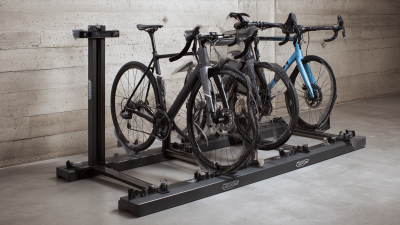
Revolutionize Your Bike Maintenance with the Best Bottom Bracket Bike Stand of 2023
-
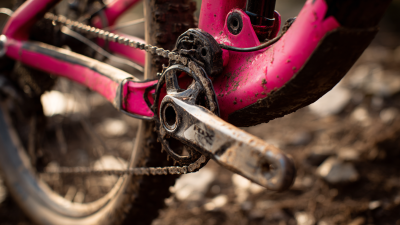
The Ultimate Guide to Choosing the Right Bottom Bracket for Your Bike
-
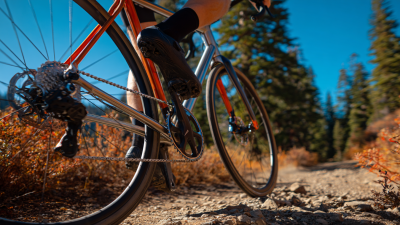
Unlocking Performance: Why the T47 Bottom Bracket is a Game Changer for Cyclists
-
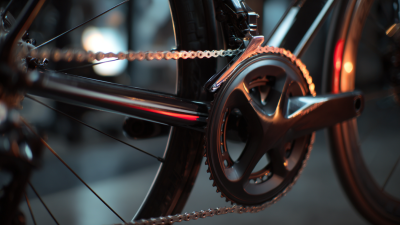
Unlocking Performance: The Impact of 24mm Bottom Bracket on Cycling Efficiency and Speed
-
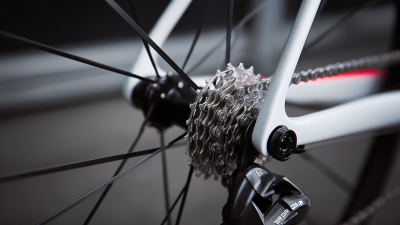
Exploring the Benefits of Italian Threaded Bottom Brackets for Optimal Bike Performance
-

Unlocking Performance Upgrades with the Best 68mm Bottom Bracket Choices for Your Ride
This website uses cookies to ensure you get the best experience possible. Learn more.